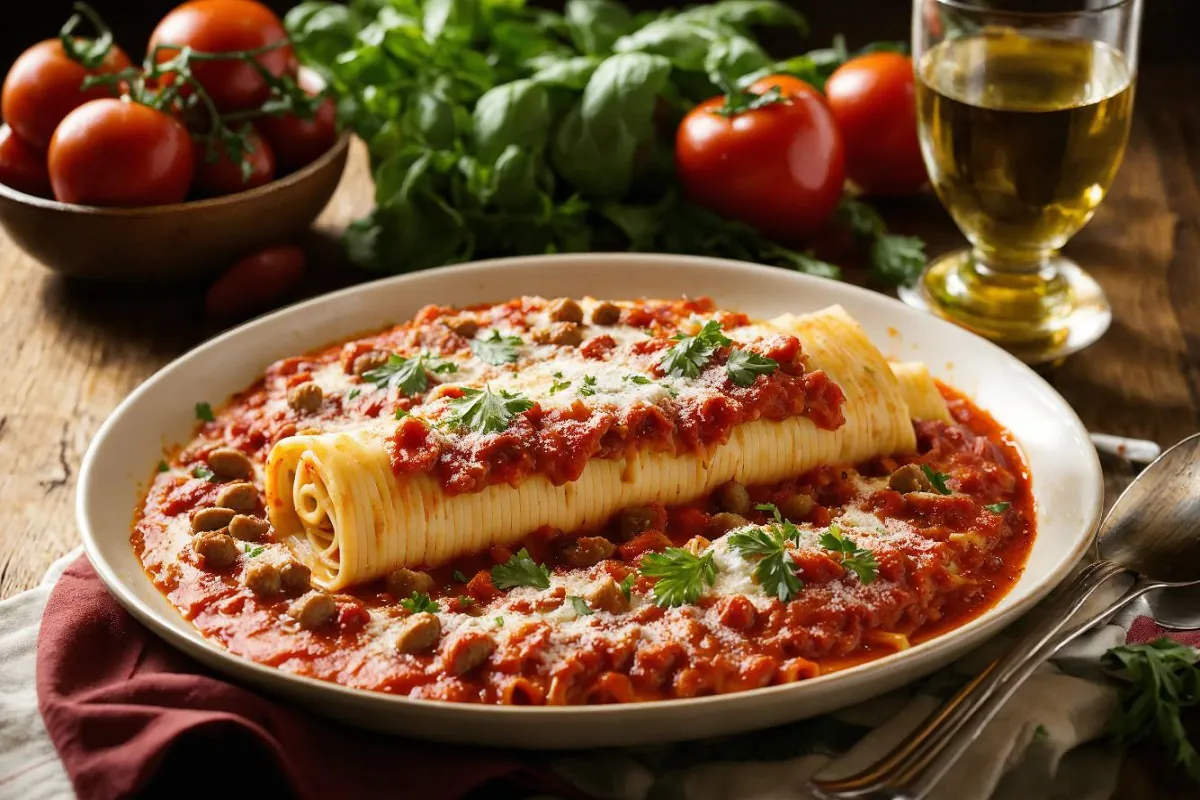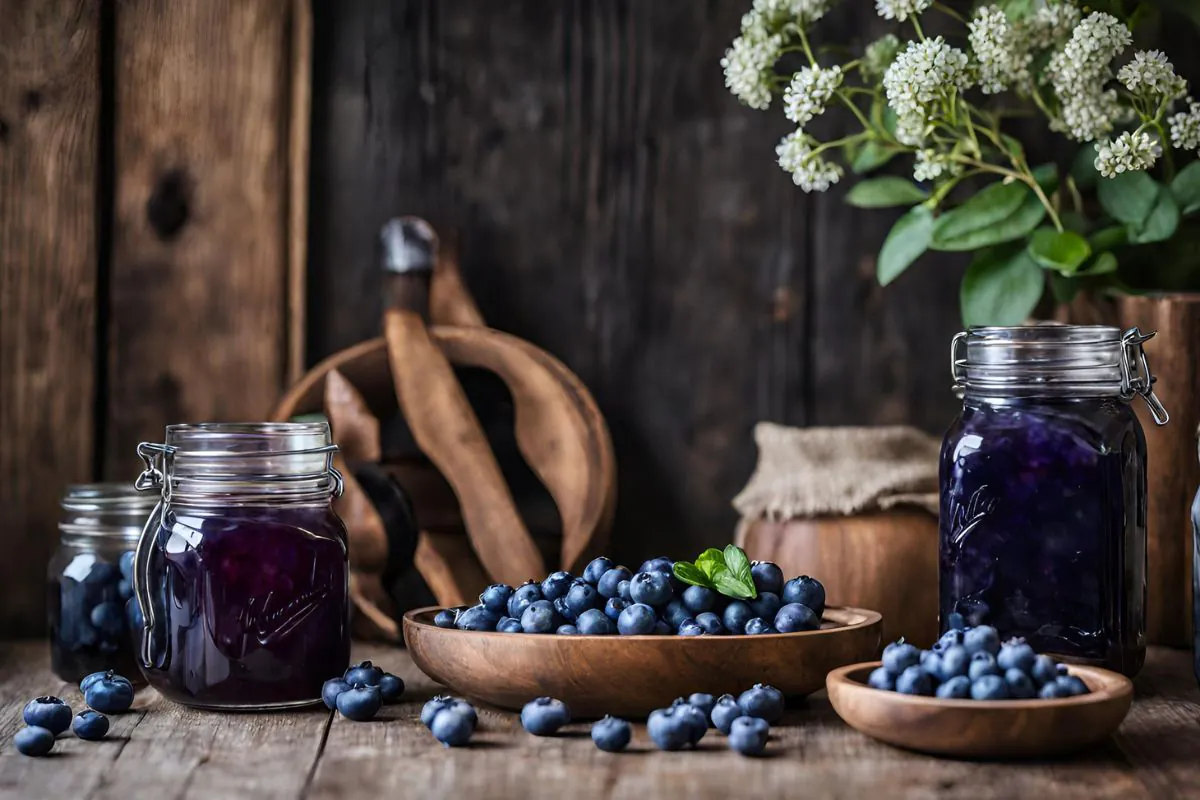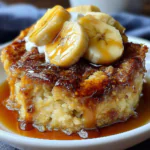Introduction to Manicotti
Embarking on the journey of Baking Manicotti can transform an ordinary meal into an extraordinary culinary experience. This guide is dedicated to unraveling the secrets of perfectly baking manicotti, a beloved Italian-American dish. Whether you’re a seasoned chef or a home cook, understanding the nuances of baking manicotti, including whether to cover it in the oven, is essential for achieving that perfect blend of tender pasta and rich, flavorful filling.
Originating from the Italian word manicotti, meaning “little sleeves,” this dish is a testament to the ingenuity of Italian cuisine. Its roots can be traced back to Italy, where stuffing pasta was as much an art as it was a cooking technique. However, the manicotti we know and love today has been embraced and adapted by Italian-American communities, transforming it into a comfort food staple in households across the United States.
The popularity of manicotti in Italian-American cuisine is undeniable. It’s a dish that brings a taste of Italy to the dinner table, offering a delectable blend of creamy cheese, savory fillings, and rich tomato sauce, all encased in tender pasta shells. Whether it’s a Sunday family gathering or a cozy dinner for two, manicotti serves as a versatile and beloved centerpiece.
In this culinary journey, we’ll explore the nuances of preparing manicotti, from selecting the right ingredients to mastering the baking process. We’ll delve into the age-old question: Should you cover manicotti when baking? and uncover the secrets to making this dish a mouthwatering success. So, tie on your apron, and let’s get cooking!
Ingredients and Preparation

When it comes to crafting the perfect manicotti, the magic lies in the ingredients and how you prepare them. Let’s break down what you’ll need and how to get your manicotti shells ready for their delicious filling.
Essential Ingredients for Manicotti
The heart of any manicotti dish lies in its filling. A classic choice is a rich blend of cheeses – think creamy ricotta, stretchy mozzarella, and sharp Parmesan. For those who love a bit of meat, ground beef, chicken, or turkey adds a savory depth. And let’s not forget the vegetarians – a mix of spinach, mushrooms, and cheese makes for a delightful veggie option.
Now, the sauce. A good manicotti is incomplete without it. The traditional marinara sauce, with its bright tomato flavor, is a popular choice. However, for a creamier twist, a béchamel sauce can be a luxurious alternative.
Preparing the Manicotti Shells
The shells are your canvas, so treat them well. You’ll find two types – the traditional ones that need boiling and the no-boil variety. Boiling the shells al dente is crucial; they should be firm enough to hold their shape but soft enough to be stuffed easily. If you’re short on time or prefer a quicker method, no-boil shells can be a convenient option, though they might lack the tender texture of boiled shells.
To Cover or Not to Cover: The Debate
Ah, the million-dollar question: Should you cover manicotti when baking? Well, it’s not just a yes or no answer. Covering manicotti while it bakes creates a steamy environment, ensuring the pasta cooks evenly without drying out. It’s like a cozy blanket that keeps all the flavors and moisture locked in. However, if you’re after a golden, slightly crispy top, removing the cover towards the end of baking is the way to go. This method gives you the best of both worlds – a moist interior and a tantalizingly crispy cheese topping.
Optimal Baking Techniques
Baking manicotti is an art. The oven temperature and timing are key players here. A moderate oven, around 350°F, is ideal. This gentle heat allows the flavors to meld beautifully without burning the cheese or drying out the pasta. As for timing, about 40 minutes covered, followed by an additional 10 minutes uncovered, should do the trick. This ensures your manicotti is heated through and the cheese is perfectly golden.
Recipe Variations

Manicotti, like any classic dish, offers a canvas for creativity. Let’s explore some tantalizing variations that cater to different tastes and dietary preferences.
Meat Variations
For meat lovers, the options are bountiful. Beef manicotti is a hearty choice, offering a robust flavor. Alternatively, chicken manicotti provides a lighter but equally satisfying taste. Ground turkey is another excellent option for those seeking a leaner meat filling.
Vegetarian Options
Vegetarian manicotti is far from boring. Spinach manicotti is a popular choice, combining the earthy taste of spinach with the richness of cheese. For a more diverse flavor profile, try a spinach and mushroom blend. And for those who love their veggies, a vegetable manicotti filled with a medley of sautéed vegetables like bell peppers, zucchini, and carrots can be a delightful surprise.
Seafood Manicotti
Seafood lovers aren’t left out of the manicotti party. Imagine a seafood manicotti filled with tender lump crab meat or a combination of crab and chopped shrimp. In such cases, replacing the marinara sauce with a creamy béchamel or Alfredo sauce can elevate the dish to new heights.
Cheese and Other Variations
For a simple yet classic taste, cheese manicotti focuses on the creamy, cheesy goodness of the filling. And for an interesting twist, replacing ricotta with cottage cheese can add a delightful texture variation.
Serving and Pairing Suggestions
Manicotti, with its rich and hearty nature, pairs wonderfully with various sides and wines. A crisp, green salad or some roasted vegetables can balance the richness of the dish. As for wines, a light red like Chianti or a white like Pinot Grigio complements the tomato-based sauce beautifully.
Make-Ahead, Storage, and Reheating Tips
Manicotti is a fantastic make-ahead dish. You can prepare and assemble it a day in advance, keeping it refrigerated until it’s time to bake. For storage, cooked manicotti keeps well in the fridge for up to 5 days. When it comes to reheating, gently warming it in the oven or microwave will bring back its delicious flavors and textures.
FAQs
In this section, we’ll tackle some of the most frequently asked questions about manicotti, providing you with a deeper understanding and some handy tips for this delightful dish.
- Q1: Can Manicotti Be Frozen Before Baking?
- Absolutely! Freezing manicotti before baking is a great way to save time. Assemble the dish as per the recipe, wrap it well, and freeze. When you’re ready to enjoy it, bake it straight from the freezer, adding some extra time to ensure it’s heated through.
- Q2: What’s the Best Way to Stuff Manicotti Shells?
- There are a couple of methods. One is to use a spoon to carefully fill each shell. Alternatively, for a less messy and more efficient method, fill a piping bag (or a plastic bag with a corner cut off) with the filling and pipe it into the shells.
- Q3: How Do You Prevent Manicotti from Becoming Soggy?
- The key is not to overcook the shells during the initial boiling stage. Cook them until they’re just al dente. Also, ensure your filling isn’t too watery. If using vegetables like spinach, make sure they’re well-drained.
- Q4: Can I Substitute Different Cheeses in the Filling?
- Definitely! Manicotti is versatile. Feel free to experiment with different cheeses. Ricotta is traditional, but cottage cheese can be a great substitute. Mixing in some sharp cheddar or Gouda can also add a nice flavor twist.
- Q5: Is It Better to Bake Manicotti Covered or Uncovered?
- It’s generally best to bake manicotti covered for most of the cooking time to prevent it from drying out. Then, uncover it towards the end to allow the cheese to get that deliciously golden and crispy top.
Baking Manicotti: Selecting the Right Pasta
Managing the manicotti shells is crucial to the success of your dish. The choice of pasta is more than just a matter of preference; it’s about texture, size, and how well they hold the filling. Traditional manicotti shells are large and tubular, offering ample space for generous stuffing. For more insights on pasta selection and preparation, check out our guide on Dump and Bake Manicotti for quick, delicious, and easy family dinner ideas. For a slightly different texture, cannelloni, which are similar in shape but slightly smaller, can also be used. This section will guide you through selecting the best pasta for your dish, ensuring a perfect foundation for your delicious fillings.
The Secret to a Perfect Cheese Blend
Cheese is the heart and soul of manicotti. The right blend of cheeses can elevate your manicotti from good to unforgettable. While ricotta, mozzarella, and Parmesan are the traditional choices, experimenting with other cheeses like fontina, Gouda, or even a touch of blue cheese can add an exciting twist. This section will delve into the qualities of different cheeses and how they can be combined to create a filling that’s creamy, rich, and full of flavor.
Pairing Manicotti with the Perfect Sauce
The sauce can make or break your manicotti. A classic marinara sauce, with its bright and tangy tomato flavor, is a traditional choice. However, exploring other options like a creamy béchamel or a hearty meat-based Bolognese can add a whole new dimension to your dish. This section will provide insights into selecting and preparing a sauce that complements your manicotti, enhancing its flavors and textures.
The Role of Herbs and Spices in Manicotti
Herbs and spices are the unsung heroes of manicotti. The right combination can transform your dish. Fresh herbs like basil and parsley add a burst of freshness, while spices like nutmeg and black pepper bring warmth and depth. This section will focus on choosing the best herbs and spices to complement the flavors in your manicotti, ensuring each bite is a harmonious blend of tastes.
Creative Stuffing Ideas for Manicotti
Thinking outside the box with your stuffing can result in delightful surprises. Beyond the traditional cheese and meat fillings, there’s a world of possibilities. Consider incorporating roasted vegetables, experimenting with different meat combinations, or even adding a seafood twist for a luxurious feel. This section will inspire you with innovative and delicious stuffing ideas that will turn your manicotti into a gourmet delight.
The Importance of Baking Time and Temperature
Getting the baking just right is essential. The perfect manicotti is all about achieving the right balance between a crispy top and a moist, flavorful filling. This section will delve into the nuances of baking time and temperature, providing tips on how to get your manicotti perfectly cooked every time.
Manicotti: A Dish for All Occasions
Manicotti’s versatility makes it suitable for any event. Whether it’s a cozy family dinner, a festive holiday gathering, or an elegant dinner party, manicotti is always a crowd-pleaser. This section will explore how to adapt and present manicotti for different occasions, ensuring it’s a fitting centerpiece for any table.
Choosing Beverages to Complement Your Baked Manicotti
Complementing your manicotti with the right drink. The perfect beverage pairing can enhance the flavors of your manicotti and complete your dining experience. This section will
guide you through selecting the ideal drink, whether it’s a glass of wine, a refreshing non-alcoholic beverage, or even a craft beer. We’ll discuss how different types of beverages can complement the rich and savory flavors of manicotti, ensuring a well-rounded meal.
Dietary Tips for Baking Manicotti
Managing dietary needs doesn’t mean compromising on taste. Adapting manicotti to suit various dietary requirements can be simple and delicious. Whether you need a gluten-free, low-carb, or vegan version, this section will provide practical tips and ingredient substitutions that maintain the essence and flavor of the dish.
To accommodate gluten-free dietary needs, you might opt for gluten-free manicotti shells or use thinly sliced vegetables like zucchini or eggplant as a creative substitute. If you’re aiming for a low-carb version, these vegetable alternatives are an excellent choice. For vegans, a wide array of plant-based cheeses and meat substitutes are available to replicate the classic flavors of manicotti. Additionally, for a diverse range of gluten-free and vegan substitution ideas, exploring resources like the Celiac Disease Foundation’s Gluten-Free Cooking can provide numerous recipes and helpful tips. This section will guide you through making manicotti enjoyable for everyone, regardless of dietary restrictions.
Family Fun with Baking Manicotti
Cooking manicotti can be a delightful family activity. Involving family members in the kitchen can turn manicotti preparation into a fun and memorable experience. From kids helping with stuffing the shells to everyone pitching in with the sauce and cheese, this section will share ideas for making manicotti cooking a bonding activity for the whole family.
This part of the article will emphasize the importance of cooking together as a family and how preparing a dish like manicotti can teach valuable cooking skills, foster teamwork, and create lasting memories. It’s not just about the delicious end result, but also about the joy and learning that comes from the process of cooking together. For family-friendly cooking ideas and tips, visit Allrecipes’ Family Cooking for inspiration on how to make cooking a fun family affair.
Pairing Manicotti with the Perfect Beverage
Complementing your manicotti with the right drink. The perfect beverage pairing can enhance the flavors of your manicotti and complete your dining experience. This section will guide you through selecting the ideal drink, whether it’s a glass of wine, a refreshing non-alcoholic beverage, or even a craft beer. We’ll discuss how different types of beverages can complement the rich and savory flavors of manicotti, ensuring a well-rounded meal.
From robust red wines that match the heartiness of meat-filled manicotti to lighter whites that pair well with cheese or vegetable versions, this section will provide suggestions for every type of manicotti. For those interested in exploring unique flavors, our Green Ice Cream Guide offers a refreshing twist on traditional desserts, perfect for pairing with a variety of dishes. Additionally, for those who prefer non-alcoholic options, we’ll explore flavorful mocktails and other beverages that can elevate the dining experience.
Conclusion
In the world of Italian-American cuisine, manicotti stands out as a dish that beautifully blends tradition with versatility. From its humble beginnings as a simple stuffed pasta to its current status as a beloved family favorite, manicotti has proven to be much more than just a meal; it’s a culinary experience that brings people together.
Whether you prefer the classic cheese and marinara combination, a meat-filled variation, or a creative vegetarian twist, manicotti caters to all palates. Its ability to be prepared ahead of time and frozen makes it a practical choice for busy schedules, ensuring a delicious, home-cooked meal is never out of reach.
As we’ve explored the nuances of preparing, baking, and serving manicotti, one thing is clear: this dish is as fun to make as it is to eat. The joy of filling each “little sleeve,” the anticipation as it bakes to perfection, and the satisfaction of that first cheesy, savory bite are experiences that keep the manicotti tradition alive in kitchens around the world.
So, the next time you’re pondering over what to cook for dinner, remember the versatile and ever-comforting manicotti. It’s not just a dish; it’s a celebration of flavors, textures, and the joy of cooking. Buon appetito!








